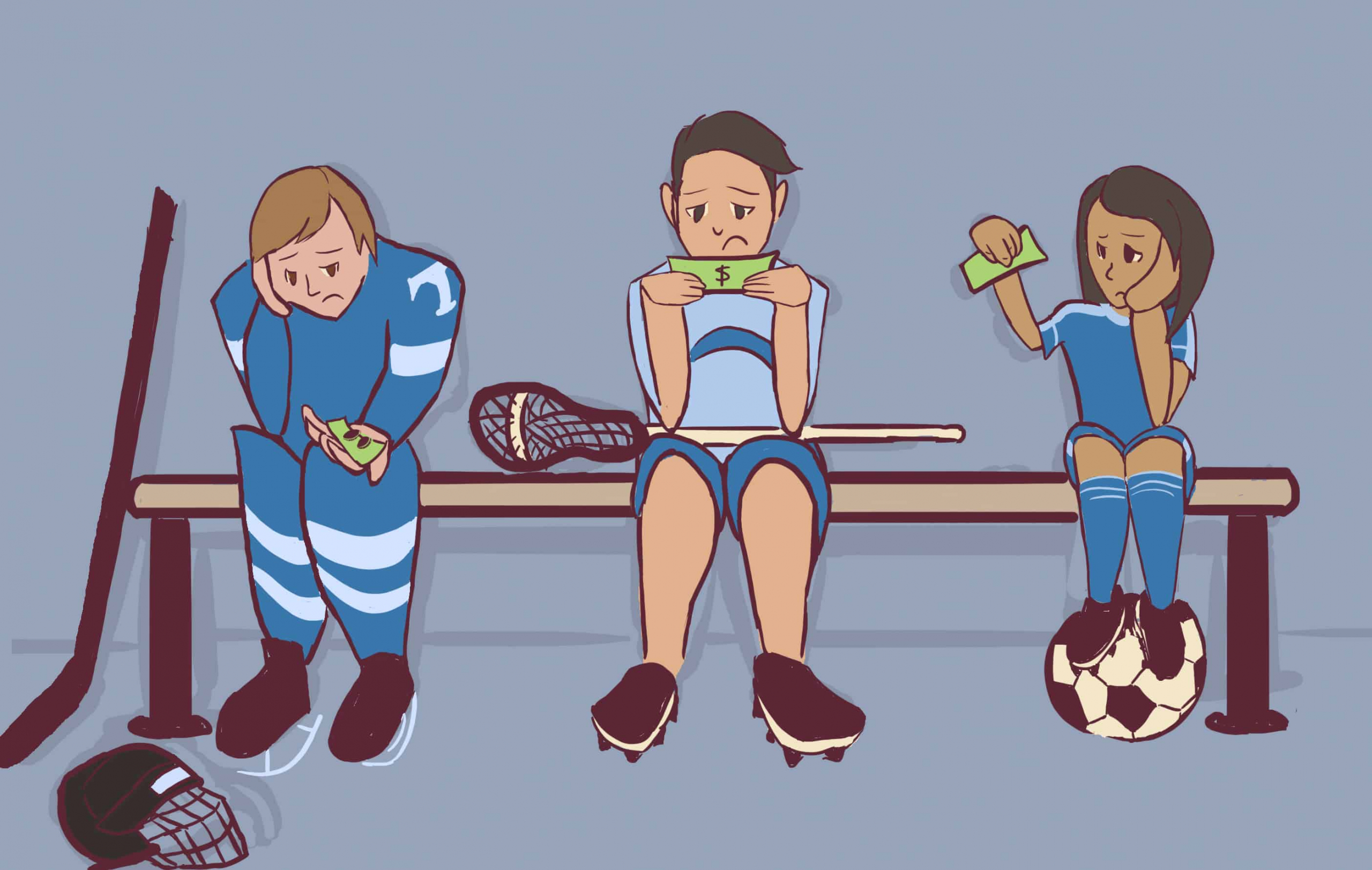One does not have to attend the University of Toronto for long to realize the fairly insignificant role of Varsity sports in student life. Students at U of T typically identify themselves by their college or faculty and take pride in attending the highest ranked university in Canada, but rarely through the success of their Varsity athletics programmes — and with good reason.
Out of all schools in the province, U of T has seen the biggest decrease in championships won. In the last 10 years, Varsity Blues teams have won only four national championship titles in two sports: swimming and field hockey. U of T’s performance has been paltry in comparison to the University of Guelph, which has half of the university’s population, but won eight national titles between 2009 and 2012.
Campus engagement has been just as paltry as the success of Varsity Blues athletics. The average attendance at Varsity Blues Football home games this season was 2,240 people, less than half of the stadium’s capacity and even the Homecoming game drew a less-than-average turnout. The men’s ice hockey team fared even worse last season, with an average home game attendance of 139, just 3.5 per cent of arena capacity.
There is no doubt a number of reasons for U of T’s dearth of athletic success, but it is easy to identify an overarching theme: for the most part, the university prioritizes underperforming teams under the auspices of enhancing the student experience, developing well-rounded student athletes and building campus spirit.
Under the university’s updated sport model, seventeen teams in ten sports qualify for the full package of full-time coaches, year-round access to strength training and physiotherapy, and full funding for provincial and national competition. Of these teams, only two have won a national championship in the last 10 years, and just six out of 11 had winning records in their most recent season.
Given the lack of campus engagement and success in recent history, intercollegiate athletics should focus on what it can excel at, not on trying to be something it is not. It should prioritize teams that can be successful and develop athletes for Canada’s national and Olympic teams, instead of conventional intercollegiate sports traditionally seen as a point of pride and identity for the student body. Similarly, last year, the University of British Columbia undertook a similar review, controversially cutting funding to the men’s ice hockey team and positioning its program to achieve more success in fewer sports.
By concentrating resources on fewer sports, the university will also be able to address their woeful record of athlete development. Only two sports in the sport model’s top tier have contributed to Canada’s last five Olympic teams: swimming and ice hockey. An athletics budget spread across fewer teams leads to more funding per team. More funding per team leads to stronger programs with access to more coaching, better facilities, and equipment. Stronger programs will attract future students who stand to benefit from a degree from U of T while simultaneously training in a well-developed environment.
With the exception of about a half-dozen sports, U of T is not a destination for high-performance athletes. It is also the only school in Ontario to have a team in every sport, which is effectively spreading resources too thin across teams. By leveraging the strengths of the university and prioritizing sports that can contribute to the success of the University and the country, perhaps athletics can regain the role in student life it once had.


